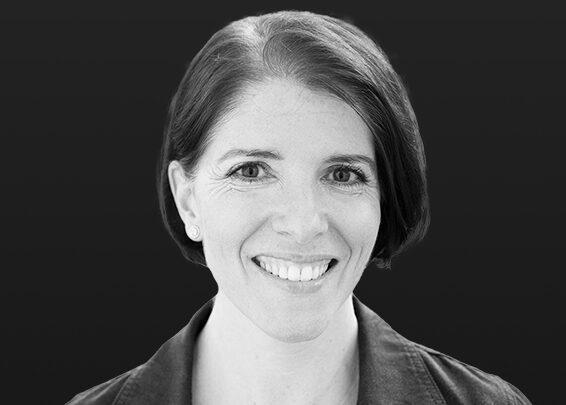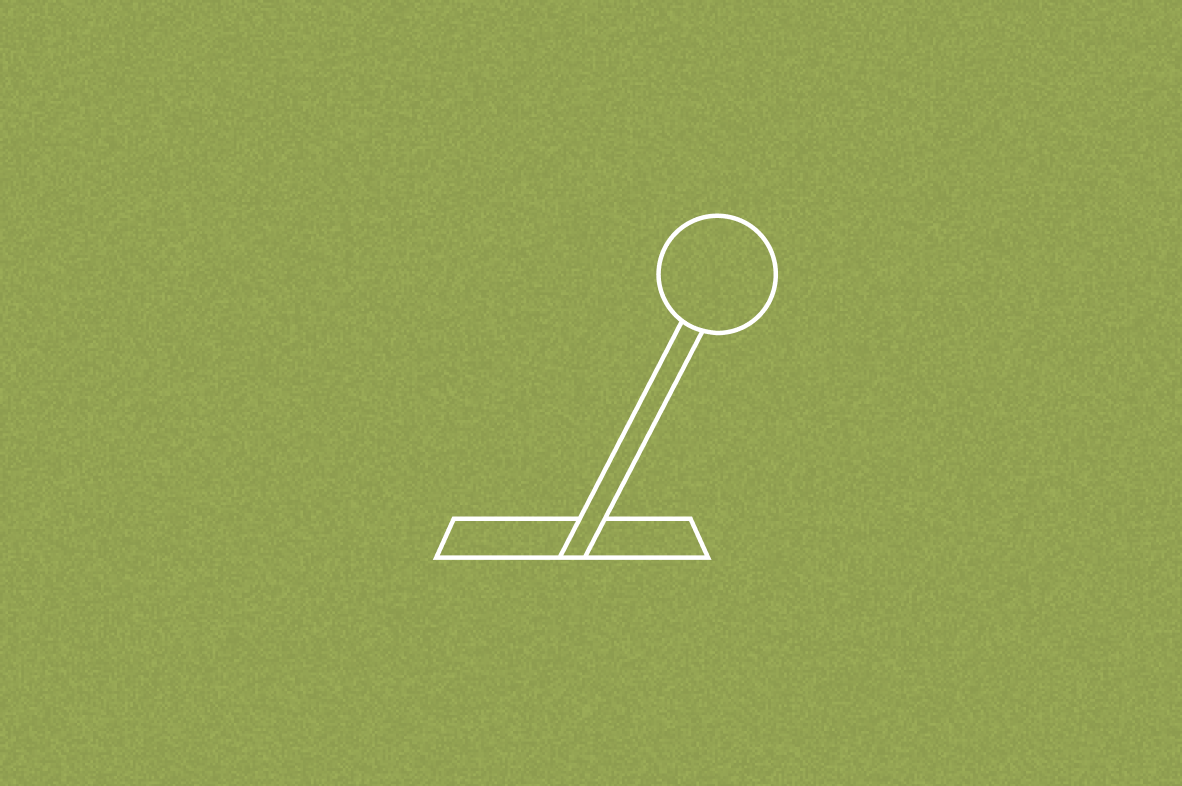A Fresh Take on Product Design | Tory Burch Foundation
A Fresh Take on Product Design
Design leader Carly Price on how Casper changed the mattress industry.
36,246 Views
0 Likes
7 min read
Link copied to clipboard
I was inspired to become a product designer to create beautiful objects and put them out into the world. And early in my career that’s how we approached our process — we’d receive a project brief, and spend hours sketching and making models in our studios, designing products considering form and function, as well and ease of manufacture.
Our process began to evolve in the late 1990s, and what was once straightforward “product design” evolved into “Human Centered Design,” also known as Design Thinking. Today’s designers don’t work from an ivory tower, bestowing beautiful objects out into the world. We look outside ourselves, outside our studios and into people’s home and the places they live, work, and shop. We design products (both physical and digital), experiences and spaces that reflect people’s real needs and life situations.
That’s how we approach product development, and our business overall, at Casper. We saw that the mattress industry was antiquated and not meeting the needs of the modern world. We set out to disrupt the purchase, trial and product experience by creating an outrageously comfortable mattress that was easy and delightful to purchase — directly online and delivered straight to your door. No sleazy sales people or middle-man markups, only delightful customer service, convenient delivery, and an amazing product. All that plus a 100-day in-home trial period, with a 100% money-back guarantee — if you’re not happy with our products we’ll take them back, no questions asked.
I joined Casper shortly after the mattress launched, and our small design and development team set out to re-think the next round of products: sheets and pillows. We recognized that those product categories were equally ripe for disruption — shopping for both are overwhelming and exasperating, with too much confusing jargon, and too many choices.
We used an iterative process to design our sheets and pillows: developing concepts, sharing with consumers, refining our ideas, and sharing again.
1. Look broadly, be open minded
Because we were new to these categories, we did not have any ingrained assumptions on what Casper sheets and pillows should be. We looked out into the world – visiting a range of stores to touch and feel the products, noticed how brands position and communicate what they sell. We also looked at technical journals and learned how textiles are made, and products are constructed. Using this “beginner’s mind” approach allowed us to learn about the possibilities without any assumptions that we’d end up in a particular direction.
For example, it was widely assumed that the Casper pillow would be made of latex and memory foam, the same materials we use in our mattress. While that would have been a no-brainer – we already had those materials and capabilities in our supply chain – we did not want Casper to be defined as a foam company. We are building our brand on best-in-class products, that enable people to have the best sleep of their lives, and along our journey we learned that the easiest path would not get us there.
2. Put the consumer’s needs front and center
We also visited people in their homes to learn about the sheets and pillows they owned, learn about where they bought them and their experience using them. We had tours of their bedrooms and linen closets, and discovered what they desired, what made sense, and what was confusing in the marketplace.
We stripped their beds and re-made them together, learning about the pain points of use, washing and folding sheets, and the frustrations of making a bed. This inspired us to create delightful details in our sheets that make the experience of making the bed much easier, such as interactive “moments of blue” – Casper labels at the head and foot end of the bed (for easier orientation), a grippy elastic on the fitted sheet (to keep it in place), and on our duvet cover, small openings to access snap-tabs to fasten your duvet in place, with a zipper closure (much quicker and easier than ties and buttons).
3. Test, test, and test again
Experiencing the products ourselves was also crucial part of product development. We purchased and tried literally dozens of pillows and sheets to understand that what looks and feels good straight out of the package would not necessarily sleep well. We whittled our selection down to a select number, and distributed products to our team to test over an extended period of time. Daily surveys helped us assess what was working and not working for people, and allowed us to consider not just what they remembered at the end of the trial, but how their thoughts and opinions evolved throughout the days and weeks.
Through this testing and evaluation, we discovered that designing a great pillow would be really challenging. Almost everything tested average, at best. Our biggest takeaway was that the most universally liked sleeping pillows do not use the most expensive materials — down or foam — but polyester fibers. This helped us narrow our focus, which was then to dive deep into the science of fibers, and discover which ones would create the most resilient, supportive, conforming, and comfortable pillow on the market — which we developed through iterative prototyping.
4. Prototype early and often
In tandem with our research, we brainstormed and created initial prototypes. Some of these were rough and unrefined — they were intended to bring the idea to life for us to see, touch and share with consumers. We brought these prototypes into people’s homes to get their early feedback and critique, then we’d go back to the drawing board to sketch, refine and prototype again.
As we began the design process on our pillow, the first step was making “Frankenstein” prototypes — essentially, cutting several products apart and combining the components with a few handmade elements, to create something new. We learned along the way that a hand-filled pillow has a very different feeling than one filled by a special blowing machine in a factory. To save a step (and a ton of time) we simulated the manufacturing process by using a leaf blower to fill pillows in our office. This allowed us to quickly mock-up and iterate a number of ideas in a short amount of time, which inevitably sped our time to market.
Towards the end of the process the prototypes were much more refined — made by our manufacturing partners, and suitable for everyday use and evaluation. In the month before launch we shipped 100 pillows of varying fill weights to members of Casper Labs, a highly engaged group who signed up to test prototypes. The feedback from our Labs members put the finishing touches on the development process, and enabled us to ship a product with full confidence that it would be universally loved.
5. Don’t settle
The most challenging part of developing a new product is finding the right manufacturing partner. We could only take the designs so far by prototyping in-house. To have a viable business with product to ship, working with like-minded, reliable and trustworthy suppliers is crucial.
In developing our sheets, we spent two months in the up-front discovery and design process. We had our design spec and knew the weave we wanted (a soft, breathable, and balanced percale) and what we didn’t (unnecessary chemicals and finishing processes). It seemed that finding a manufacturer would be simple, but it took over six months to find a partner who could offer the complete package: a quality product with the soft hand-feel that we sought, reliability sourced, and ethically made. The Casper sheets are made by a state of the art facility that reclaims and re-uses water in the finishing process, and has responsible and ethical employment practices.
Unlike many paths in business and in life, the design and development process is not linear. We repeat the steps of talking to customers, prototyping, and testing multiple times before we launch our products. And once they are on the market, the work is not finished — we continuously improve our products and process, to make sure that we are always delivering (or over-delivering) on our promise.
Help an entrepreneur by upvoting

